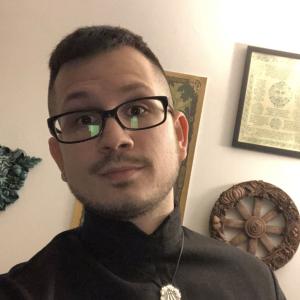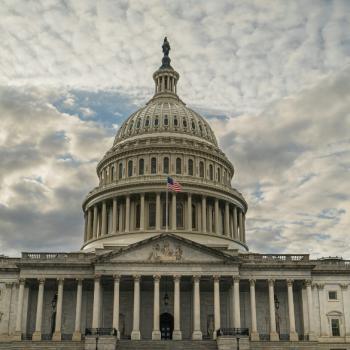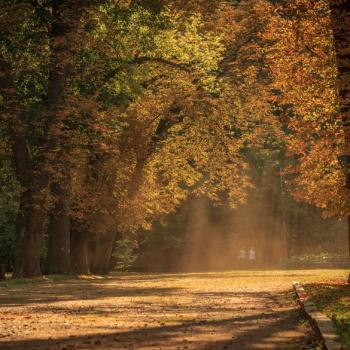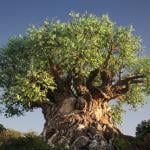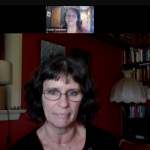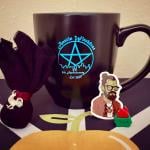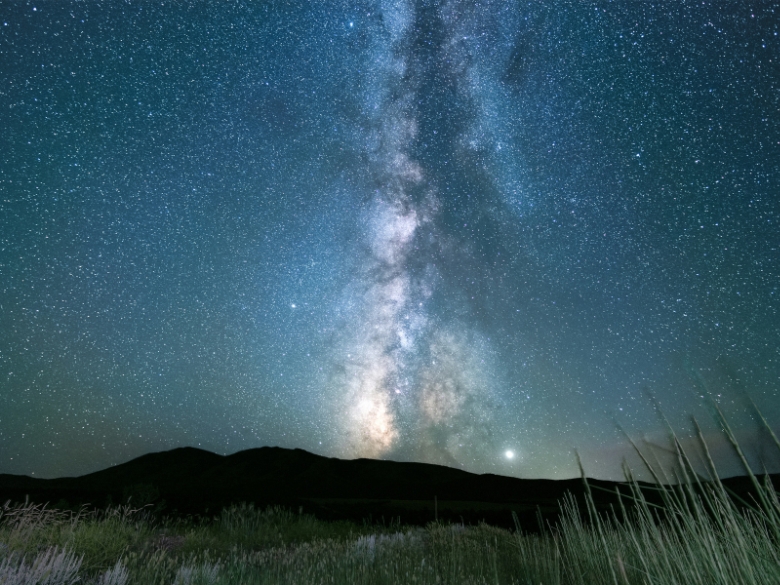
Gnostic integration is not new to contemplative mysticism, especially among Pagans who embrace diverse spiritual paths. As a Pagan Monk, I’ve explored and incorporated elements from Druidry, Hermeticism, and Gnostic Christianity. My spiritual practice evolves with my needs, fostering growth and tolerance. While I integrate many Gnostic elements, I primarily identify as a Pagan Monk with Gnostic influences. This integration enriches my practice, combining Gnosticism’s emphasis on personal spiritual knowledge with Paganism’s contemplative aspects. This union fosters a holistic, inclusive spiritual identity, free from division and dogma.
Understanding Gnostic Ideology
Gnosticism emphasizes direct, personal knowledge of the divine, known as gnosis. Central to Gnostic belief is the idea of a divine spark within each individual. This contrasts sharply with the hierarchical and dogmatic structures of traditional Christianity and Catholicism. Gnostic concepts include dualism, the struggle between the material and spiritual worlds, and enlightenment through inner revelation. These resonate with many Pagan practices, such as meditation on the balance between physical and spiritual realms, and rituals aimed at personal transformation and divine communion.
Contemplative Pagan Practices
Modern Paganism is a diverse and evolving spiritual path that encompasses a variety of practices and beliefs. At its core, Paganism is a nature-based spirituality that honors the cycles of the Earth, the elements, and the divine in its many forms. Practices such as drumming, trance work, and seasonal rituals are commonly used by many Pagans to connect with the divine, both within themselves and in the world around them. By engaging in these contemplative rituals, we can achieve a state of inner peace and spiritual insight, which enhances our overall spiritual well-being.
Gnostic Integration and Paganism
The integration of Gnostic ideology into Pagan practices is a natural and enriching process. Both traditions value personal spiritual experiences and the pursuit of deeper knowledge. Gnosis, or direct knowledge of the divine, is easily incorporated into Pagan rituals and meditative practices. I incorporate Gnostic elements like meditating on the divine spark and reading the Nag Hammadi texts. These practices enrich my spiritual experience. They deepen my understanding of the divine and my spiritual path. Focusing on inner revelation and recognizing the divine spark aligns with Paganism’s personal connection to the divine. This integration enhances both Gnostic and Pagan practices. The blend provides a more profound and fulfilling spiritual journey. It fosters a holistic and inclusive spiritual identity. This shared focus on personal spiritual growth helps to transcend the divisions and dogmas that often separate different religious traditions.
Creating an Interspiritual Religious Identity
To create a truly interspiritual identity, I began incorporating Gnostic teachings into my daily Pagan practices. This involved studying Gnostic texts, meditating on Gnostic concepts, and integrating these ideas into my rituals. During meditative sessions, I focus on the divine spark within, seeking to connect with that inner light. A memorable experience was during a Samhain ritual, where I practiced silent contemplation of the divine spark. This blending brought profound unity and spiritual fulfillment, deeply connecting the Pagan and Gnostic aspects of my faith. This fusion transcends traditional boundaries, fostering a holistic, inclusive spirituality.
Challenges and Rewards of Gnostic Integration
Blending Gnostic and Pagan practices is not without its challenges. Differences in terminology, rituals, and underlying philosophies can create initial confusion. However, these challenges are opportunities for growth and deeper understanding. By approaching these differences with an open mind and a willingness to learn, we can overcome these obstacles and create a more harmonious spiritual practice. The rewards of this unified path are immense. By integrating Gnostic elements into my Pagan practices, I have gained a deeper understanding of myself and the divine. This journey has enriched my spiritual life, providing a sense of peace, purpose, and connection that transcends traditional religious boundaries.
Embracing the shared values of personal spiritual knowledge and direct experience of the divine, it is possible to move towards overcoming divisions and dogmas, fostering a more inclusive and harmonious spiritual identity. I encourage all who are on their own spiritual journeys to explore and integrate diverse traditions, finding unity in the diversity of spiritual expressions. This path not only enriches our individual lives but also contributes to a more compassionate and understanding world.


